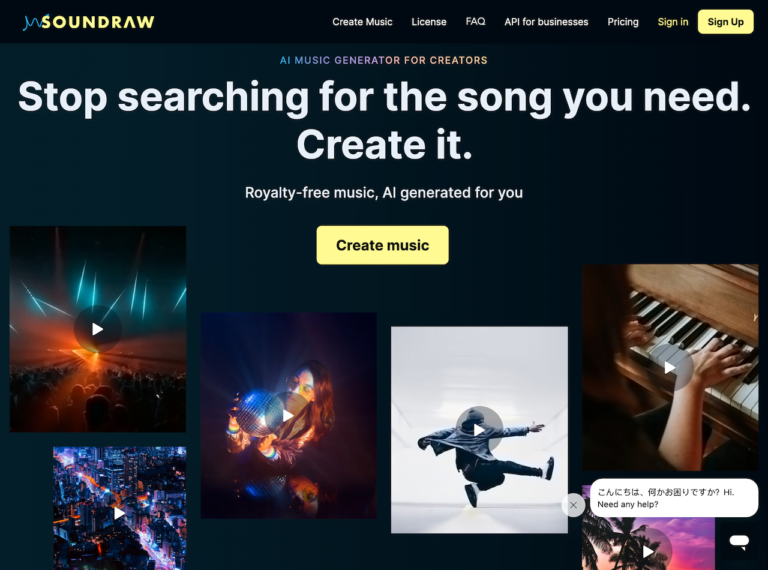
Chatbots and paraphrasers are two of the most popular and widely used AI technologies. They are used by businesses, organizations, and individuals to communicate with their customers, automate tasks, and provide better customer service. But how exactly do these technologies work?
This article will explore how AI works in chatbots and paraphrasers, and what features make them so powerful.
How AI Works In Chatbots And Paraphrasers
A. Natural Language Processing
Natural Language Processing (NLP) is a branch of Artificial Intelligence (AI) that focuses on the ability of machines to understand, interpret, and manipulate human language. NLP techniques are used to analyze and process textual data from a variety of sources, such as web pages, emails, and social media posts. NLP can be used to automate tasks such as sentiment analysis, machine translation, and text summarization.

When it comes to chatbots, NLP is used to enable machines to understand and respond to user queries. For example, a chatbot might use NLP to interpret a user query, such as “What is the weather today?”, and provide an accurate response. To do this, the chatbot needs to understand the words in the query and be able to identify the user’s intent.
On the other hand, paraphrasers use NLP to automatically generate alternative phrases that express the same meaning as a given text. For example, a paraphraser might be used to generate multiple versions of a sentence, such as “The dog is playing in the garden”, to create variations such as “The canine is frolicking in the backyard”. Paraphrasing can be used to make a text more readable or to make it easier to understand.
Look at another example:

B. Machine Learning
Machine Learning is a type of AI technology that enables machines to learn from data and make decisions based on that data. It makes use of algorithms to identify patterns and trends in the data and then uses this knowledge to make decisions and predictions. It is used by Chatbots and Paraphrasers to work efficiently.

A customer service chatbot could be trained to recognize customer complaints and provide solutions that are tailored to the customer’s needs. The chatbot could detect the customer’s intent by leveraging Machine Learning algorithms and offer more accurate solutions and recommendations. This would result in a more natural and efficient customer service experience.
By leveraging Machine Learning algorithms, the paraphrasers can quickly adapt to changes in the user’s input, allowing them to provide more accurate and personalized results. It also suggests different words for the same context by matching your intent. For example, if you input “Quality of the content is important as the website visuals.” It will rewrite it: “Content quality is as important as the visual presentation of your website.”
Look at another example:

C. Contextual Understanding
Contextual understanding is the ability to interpret and understand the meaning of a particular phrase or sentence in the context of a conversation. This means being able to comprehend the meaning of the words being used and the intended purpose of the conversation. It is the ability to recognize the subtleties of language and the way it is used to convey meaning.

In chatbots, contextual understanding is the ability to interpret and respond to a user’s input in a way that is relevant to the conversation. For example, a chatbot may understand that a user is asking for directions to a restaurant, and provide the user with the appropriate information.
In paraphrasers, contextual understanding is the ability to interpret and rephrase the sentence or phrase in a way that is meaningful to the reader. For example, a paraphraser may understand a sentence such as “I cannot believe how amazing this is” and re-word it to “This is incredible”, making the sentence more concise and easier to understand.
Let’s look at another example:

Final Words
AI has revolutionized the way we interact with machines. Chatbots and paraphrasers are just two examples of how AI is being used to create more natural conversations and a deeper understanding of language.
AI has enabled chatbots to process natural language, understand user intent, and generate responses in real time. Paraphrasers have enabled AI to analyze text and generate more accurate and meaningful paraphrases. AI is making it easier than ever to communicate with machines and will continue to do so in the future.
Author and Copyright belongs to Aura Liza

















+ There are no comments
Add yours